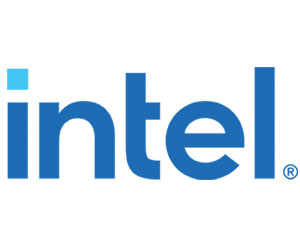While previous reports found that remote learning resulted in learning disruptions in K–12, it turns out that the quality of technology students have access to plays a significant role in online learning outcomes. This is according to a NewSchools Venture Fund/Gallup study that surveyed teachers, parents and students in grades 3 through 12 in 2020.
KEEP READING: Is dated technology contributing to the great teacher resignation?
Low-Income Families Have Access to Lower-Quality Tools
Researchers asked more than 1,100 teachers to rate the quality of their digital learning tools, including websites, apps, online tutorials, online games and videos or programs used to support student learning and schoolwork. Teachers in schools with a higher percentage of children from low-income families reported lower-quality learning tools, while teachers at schools with fewer low-income students were more likely to report having “excellent” or “good” digital learning tools.
Learning from Home Is Easier with Better Tech
According to the teachers, parents and students in the study, there was a correlation between the quality of the digital tools and learning outcomes.
The teachers who reported their students found learning from home was “easy” or “very easy” were far more likely to be the teachers who reported having excellent digital tools.
Expectations for the Future of Learning
Researchers also asked about future learning expectations. They specifically compared the percentages of two types of respondents who expressed high confidence in their schools’ ability to offer high-quality education among two groups: those who gave digital learning tools an “excellent” rating and those who gave them a “poor” rating.
59%
The percentage of U.S. school districts that now meet the Federal Communications Commission’s internet connectivity goal of 1 megabit per second per student, which represents a 25 percent increase over 2020 numbers.
Source: Connect K–12, “Report on School Connectivity: Funding Year 2021,” January 2022
They found that teachers, parents and students who reported having “excellent” digital tools were 31, 38 and 44 percentage points more likely, respectively, to express confidence in their schools’ ability to provide high-quality education in the future than those with self-proclaimed “poor” digital tools.
Brought to you by:
Daniel Hertzberg/Theispot











